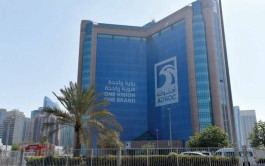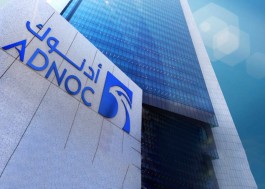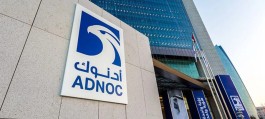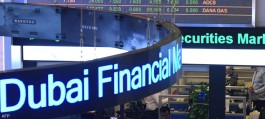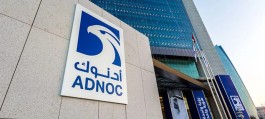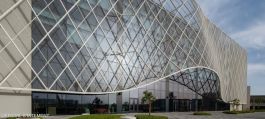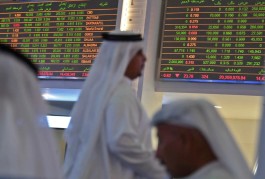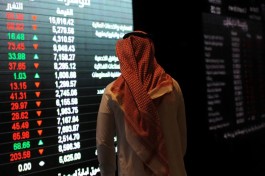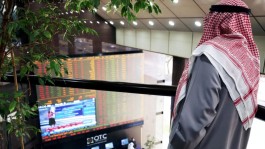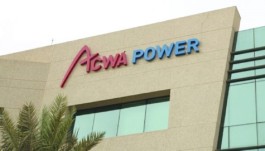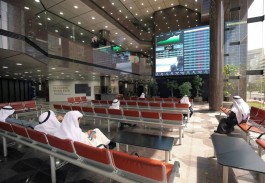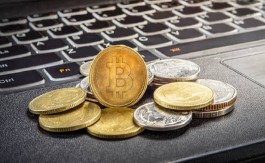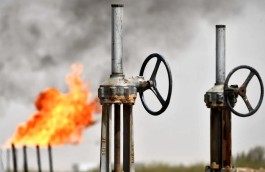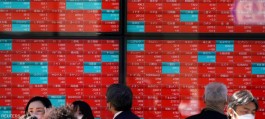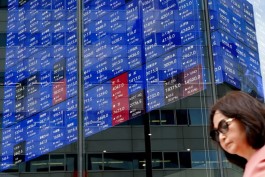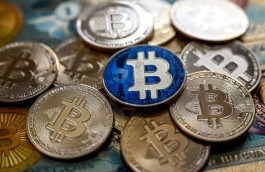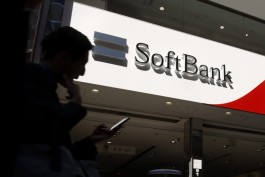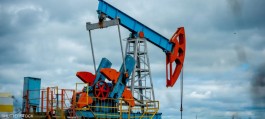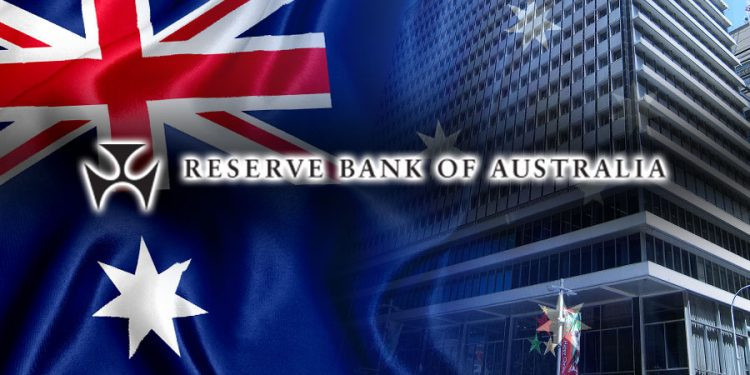Australia's central bank indicated that there has been a pause in the 10-month tightening cycle, leading to selling in the Australian dollar, after policymakers delivered an expected rate hike on Tuesday.
The Reserve Bank raised interest rates by a quarter of a percentage point to 3.6%, the highest level since May 2012. In his statement, Governor Philip Lowe said that when assessing when and to what extent rates need to rise, the RBA will rely closely on incoming economic data. .
“They still have a strong bias but my reading is that April will be the beginning of the pause, so by the time we get to May there will be enough data to suggest that the economy has slowed so that we cannot guarantee any further elevations of interest.
The Australian dollar fell below 67 US cents after the decision before regaining some of its losses, and government bond yields also fell. While the financial markets reduced their bets on the interest rate peak to 4% from 4.1%.
Lowe's signal brings him closer to the Bank of Korea, which has already stood by, and the Bank of Canada, which is expected to do so Wednesday. It is likely to run counter to Federal Reserve Chairman Jerome Powell, who is grappling with inflation and delivering his semi-annual monetary policy report to lawmakers this week.
The US Federal Reserve and New Zealand's central bank have both increased borrowing costs by 4.5 percentage points in the current cycle, compared to 3.5 points for the Reserve Bank of Australia.
Australia's more cautious approach reflects the situation of highly indebted households, who are draining their savings in response to rising prices and higher loan repayments. There are signs of rising mortgage pressure, and the latest corporate earnings guidance points to weakness ahead.
stress results
Headline readings for the economy in February missed expectations, with slowing growth and inflation and rising unemployment suggesting that RBA tightening is starting to take its toll.
Lowe said on Tuesday, the monthly consumer price index indicates that inflation has peaked.. Recent data indicate a reduced risk of a cycle in which prices and wages chase each other.
Investors will now turn their attention to the governor's speech on Wednesday morning, which is likely to make his views clear.
The more moderate tone of the RBA's guidance highlights Lowe's struggle to maintain a consistent message amid volatile economic data.
Lowe said the board recognizes that monetary policy has come too late and the full impact of the cumulative increase in interest rates has yet to be felt. He added, there is uncertainty about the timing and extent of the slowdown in household spending.
Australia's center-left government has been constrained from providing much new spending as it tries to keep fiscal and monetary settings in line to contain inflation. Treasury Secretary Jim Chalmers says the focus will be on relief, reform and restraint in his May budget.
I would say as I've read in this statement, we're almost there, maybe another surge into the cycle and then we pause, said Scott Rundell, Chief Investment Officer, Mutual Ltd.

